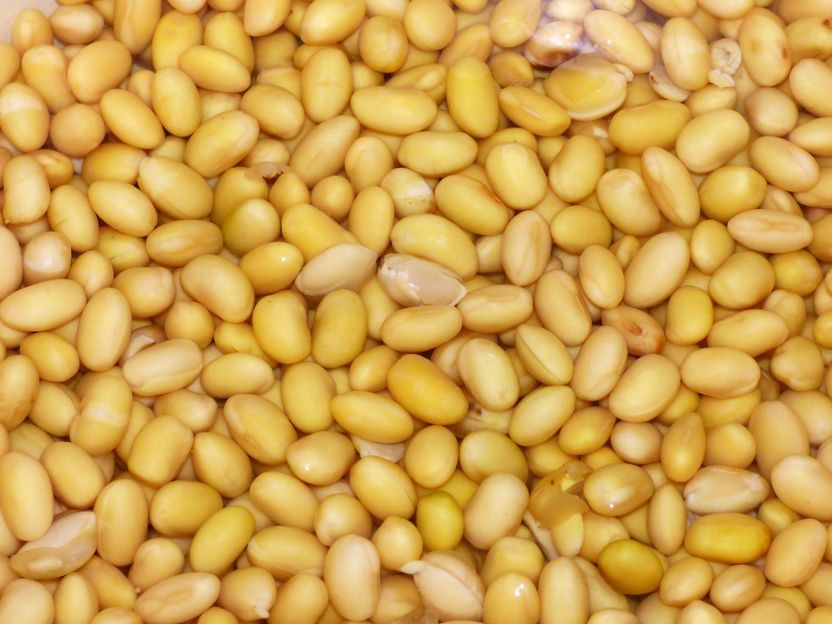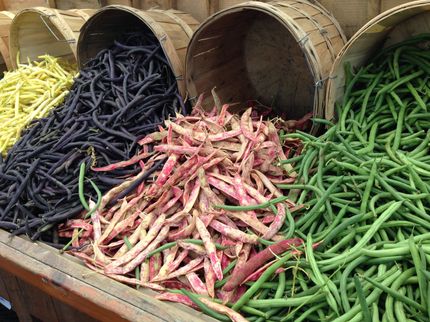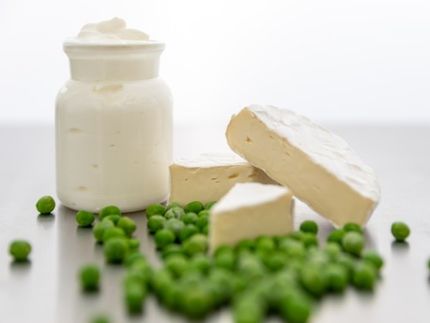Yellow Pea Proteins Demand Bolstered by Increasing Consumption of Plant-Based Protein
Increasing popularity of meat substitutes is expected to drive demand for yellow pea proteins. Moreover, concerns about lactose intolerance among adults together with growing demand for food products free from gluten is also facilitating growth. Increasing awareness of the enrichment of nutrition has increased the value of dietary supplements and is anticipated to have a beneficial impact on the industry. Growing importance of a flexitarian based diet among the majority population in the U.S. due to growing concerns about cardiovascular diseases associated with the consumption of red meat is expected to remain a favourable factor in promoting market growth. Due to its close proximity to the yellow pea production country Canada, the commodity is expected to emerge as a significant ingredient among food and beverage manufacturers.

kalhh/ Pixabay
The FMI study delves deeper into the prevailing dynamics to offer interesting insights into the yellow pea protein market. Some of these are:
- The yellow pea protein market has shown significant growth in recent years. The market is valued at US$ 1,737.2 Mn in 2019. The market is expected to show a dip in 2020 sales owing to the COVID-19 crisis. Market is forecasted to show significant growth during the recovery period of the COVID-19 crisis.
- North America accounted for 33.5% of the global volume share in 2020 as the largest buyer. Increasing demand for gluten-free products in the U.S., the sport nutrition industry’s robust growth are important factors that positively influence growth.
- Yellow pea protein processed by dry processing segment accounted for 68.2% of total revenue market share in 2020 and is expected to continue to lead over the forecast period. Major use of the form in the production of nutritional health supplements, bakery goods and meat products is expected to fuel the segment in the global market.
“Investments in getting new leads from food processing product companies is expected to be highly lucrative in short term. In recent months, companies have introduced a range of new items, from plant-based burgers to chicken nuggets, and acquired brands to get quality products in the alternative protein room.” said a lead analyst at FMI
Yellow Pea Protein in Animal Nutrition Products
Since the last decade, yellow pea protein is significantly used in place of wheat, beet pulp, soy, and corn fibers in pet foods. The yellow pea protein, which is used in pet food primarily, has bland that doesn’t affect the palatability of the pet food. According to PetfoodIndustry.com, “In pet foods, yellow pea protein is used as nutritionally functional fiber due to laxation effects associated with water holding capacity (Nearly 13ml water per gram of yellow pea protein) of the insoluble fiber”. Yellow pea protein is a filler that is added by inexpensive mass-markers in pet food products for various reasons. However, none of that reason is related to providing appropriate nutrition for pets as it is relatively high in crude fiber and low in fat. Owing to these factors the yellow pea protein is an essential ingredient required for lowering the calorie amount for weight management among pets. In June 2019, FDA (Food and Drug Administration) stated that many ingredients used in pet foods such as grains and meats are considered safe and does not require pre-market approval.
Who is winning?
Yellow pea protein manufacturers market products for utilization in meat substitutes, nutritional supplements, snacks, and baked goods to the food and beverage industries. Many of the manufacturers formed strategic relationships with distributors to ensure distribution of yellow pea protein. Roquette America entered into a strategic alliance with World Food Processing to produce and sell their North American pea protein isolates. World Food Processing also participates in the processing and cultivation of several grains, one of the primary ones being yellow peas.
-
Roquette Frères is focusing on expanding its production units to fulfil the demand of protein products. In 2017, the company built a pea protein production unit in Canada to meet fast-growing demand for vegetable protein in food and pharmaceutical products in North America. The company focuses on producing various innovative pea protein products, frequently. In 2019, the company launched two textured proteins products, one from the peas and one from the fava beans.
Burcon NutraScience Corporation is focusing on increasing their production capacity through joint venture. The company has entered into a joint venture with Merit Functional Foods to develop a new canola-protein and pea-protein commercial production facility in Canada. This protein production plant, is expected to initially process more than 20,000 tonnes of peas per year beginning in mid-2020.
Get Valuable Insights into Yellow Pea Protein Market
Future Market Insights, in its new report, presents an unbiased analysis of the global yellow pea protein market, covering historical demand data and forecast figures for the period between 2020 and 2030. The study divulges compelling insights into growth witnessed in the market. Based on nature the market can be segmented into conventional and organic. In terms of processing type, the market can be segmented into dry processing and wet processing. Based on end-use the market can be segmented into food processing, animal feed, nutraceuticals, sports nutrition, infant nutrition, and cosmetics & personal care. Based on product type the market is segmented into protein concentrates, protein isolates, textured protein, and hydrolysed protein. Regionally, the market covers North America, Latin America, Europe, East Asia, South Asia, Oceania and MEA.

















































